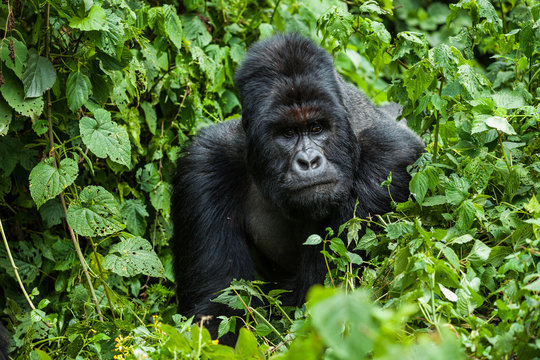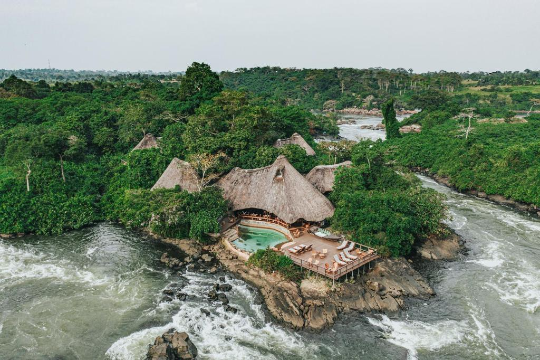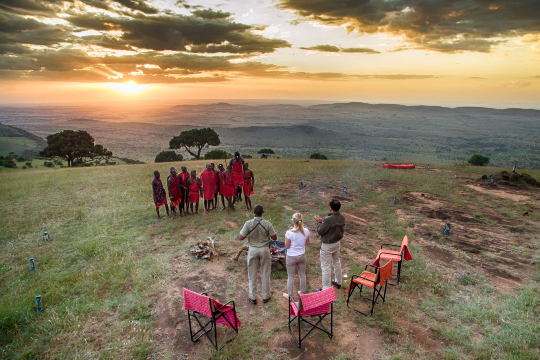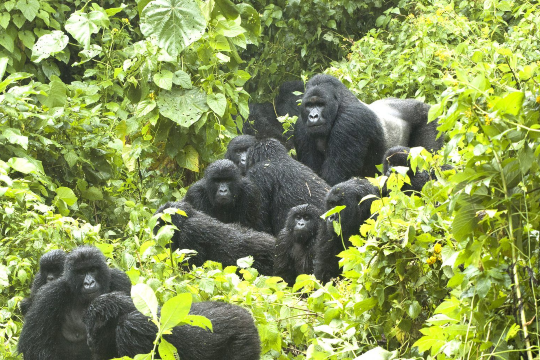The church of Ntarama was converted into a genocide memorial on 14th April 1995 and is dedicated to the 5,000 people who lost their lives there. One of Rwanda’s six National Genocide Memorial Sites, Ntarama contains human remains, clothing, and artifacts belonging to those who were killed at the church, which remains on display at all times
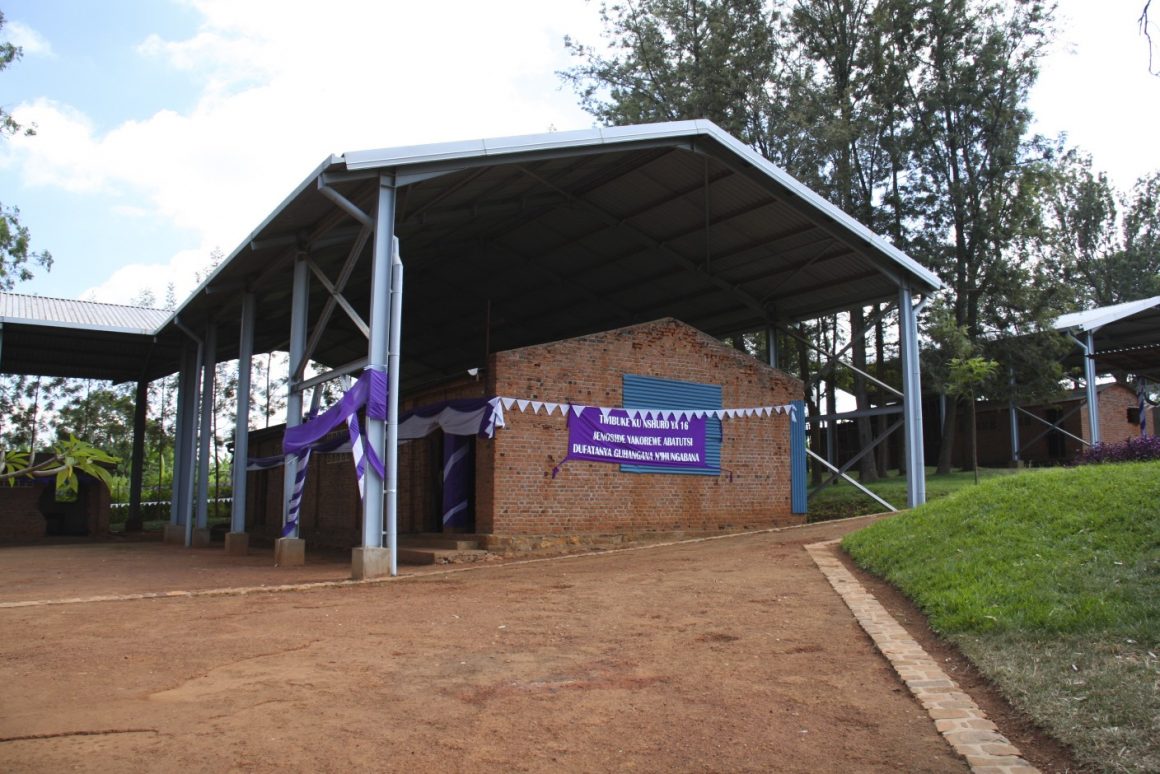
Ntarama Genocide Memorial
On 6th April 1994, within hours of the death of President Habyarimana, the killings of Tutsis had commenced in Kigali. On 7th April, Tutsi homes were set ablaze in Ntarama, with some resistance from local farmers. The Ntarama Interahamwe militia called for reinforcements from other Bugesera-based militia and when they had amassed, they attacked the Tutsis living in Ntarama, who fled to Ntarama Church on and after 9th April. As with many Tutsis across Rwanda, they believed that they would safe at the church compound, largely because during previous violent episodes, religious sites had been respected by the attackers.
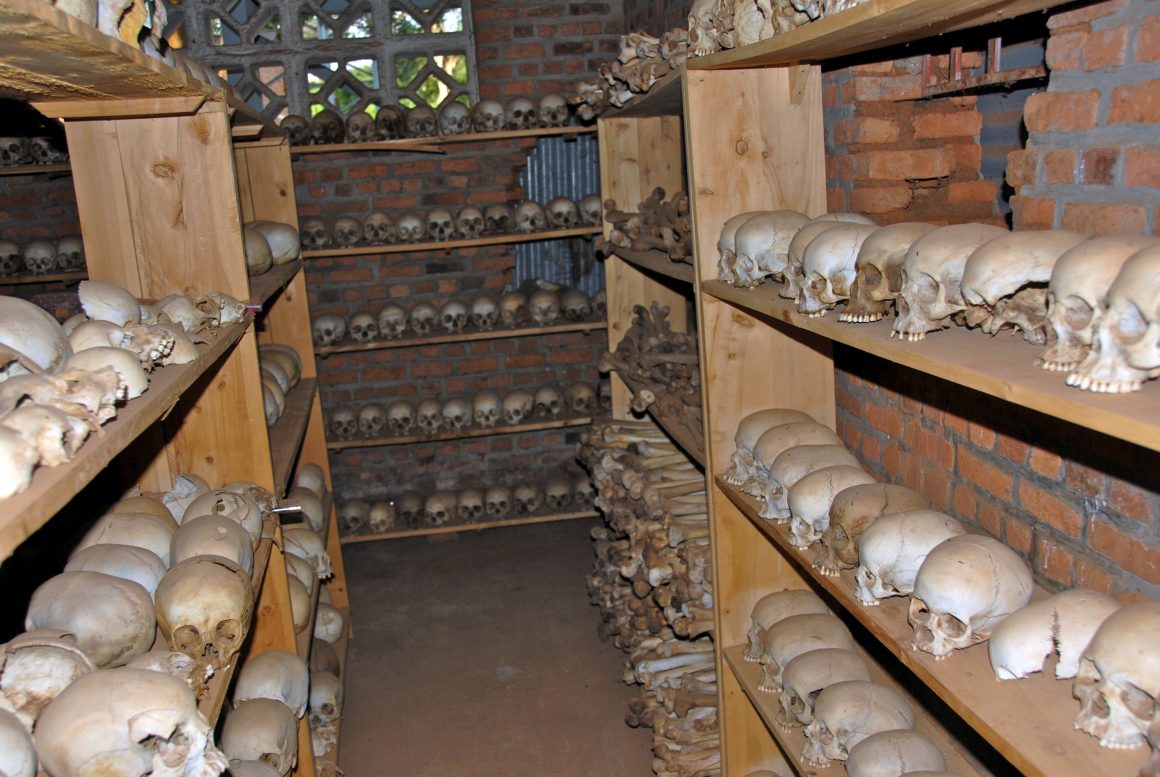
Ntarama Genocide Memorial
On 13th April, Interahamwe militia under the leadership of Francois Karera, the former leader of the prefecture, conducted a census of the Tutsis at the Ntarama Church. On completion of the count, they told the Tutsis that they wanted them to stay together so that the government could guarantee their security. This was a strategy consistent with actions taken in other places across Rwanda and was intended to draw out and bring together those in hiding. On 15th April, soldiers and Interahamwe militia returned to Nyamata Church and began a coordinated and systematic attack against approximately 5,000 Tutsis who were in the Ntarama church compound. The initial attacks involved soldiers and Interahamwe militia armed with guns and grenades; later that day the Interahamwe entered the church and used machetes and other traditional weapons.
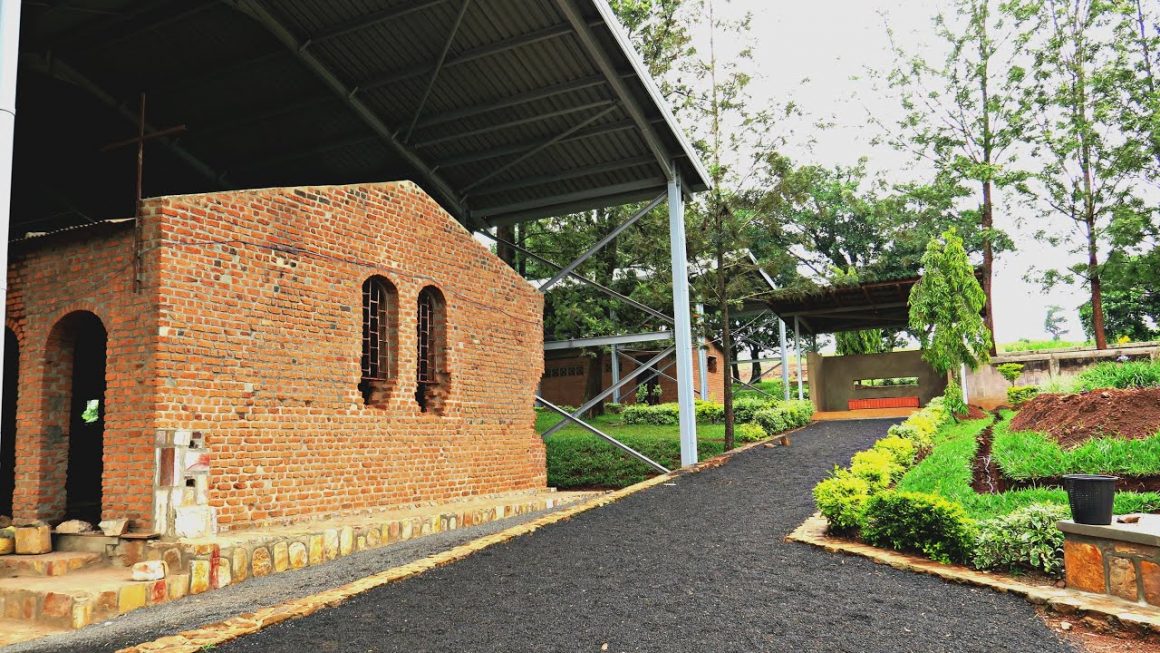
Ntarama Genocide Memorial
The attacks were particularly violent at Ntarama church, even in the context of the wider genocide that was taking place. Some were tortured until they died; the wombs of pregnant women were cut open as the Interahamwe claimed they wanted to see how an unborn baby Tutsi looks. In the Sunday school building, children were swung by their legs and smashed into the walls; the killers claimed that they did not want to waste their bullets.
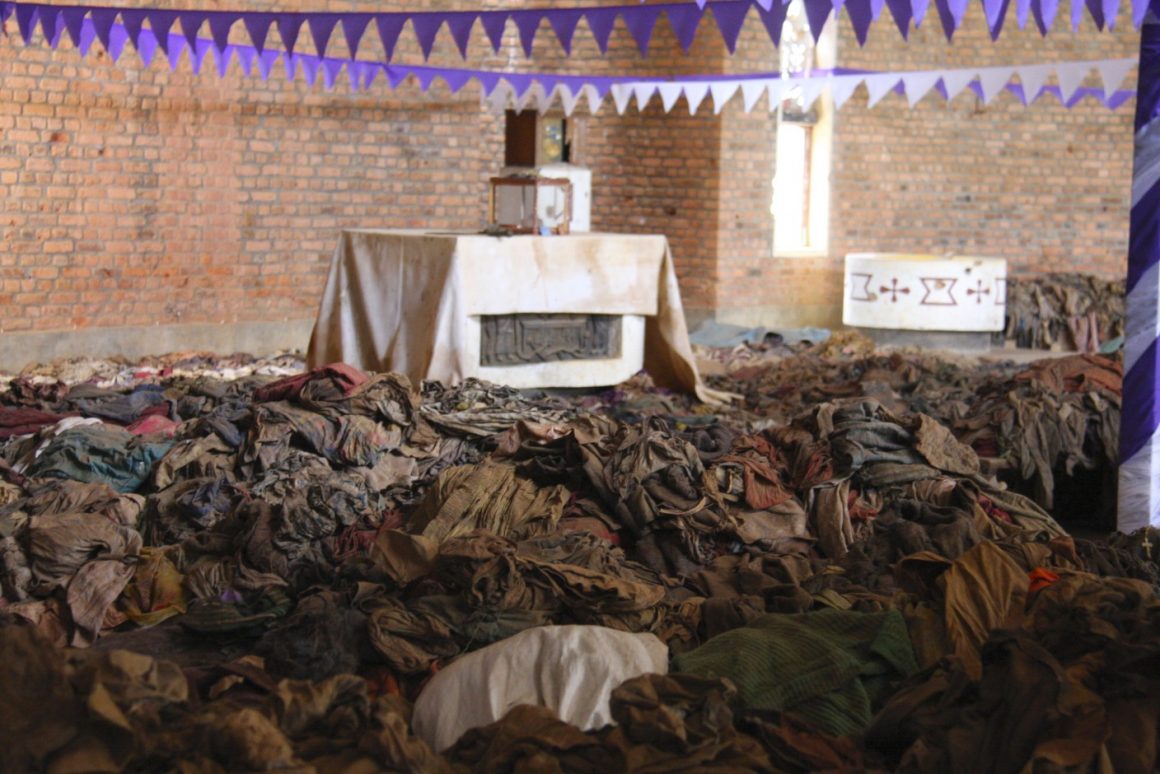
Ntarama Genocide Memorial
The attack was led by Francois Karera who commanded the soldiers and Interahamwe as well as groups of civilian Hutus. It is estimated that nearly 5,000 were killed with few survivors.
By 30th April 1994, the focus of the attacks had turned to the Nyabarongo River at Akagera. Many Tutsis, including those that had survived or escaped Ntarama Church, had hidden in the nearby marshes under cover of the papyrus. The Interahamwe searched the marshes, often using dogs to identify those in hiding, and killed or drowned any Tutsis who were found.
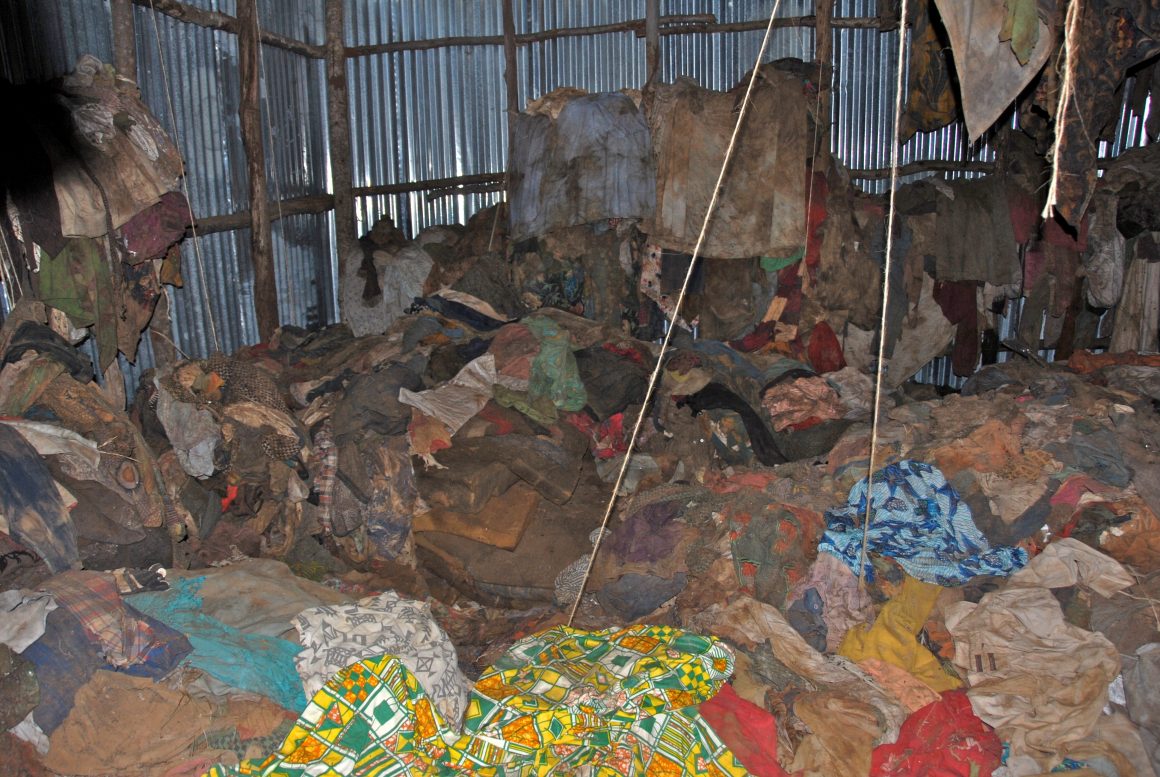
Ntarama Genocide Memorial
Facebook Twitter Instagram LinkedIn YouTube Tumblr Reddit Pinterest








